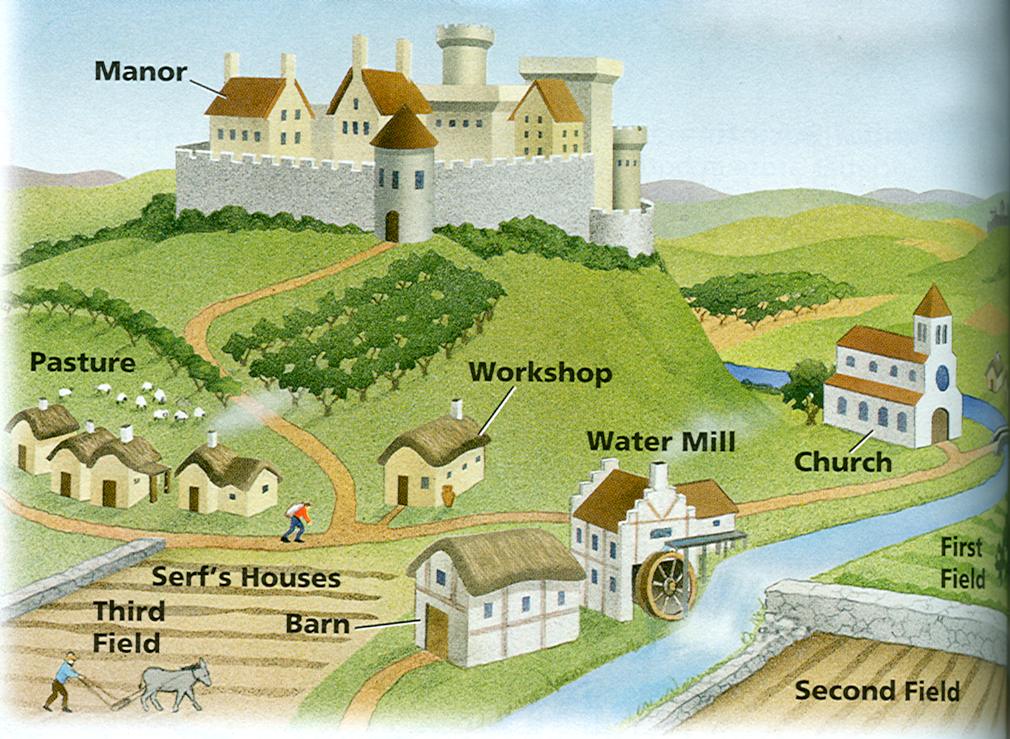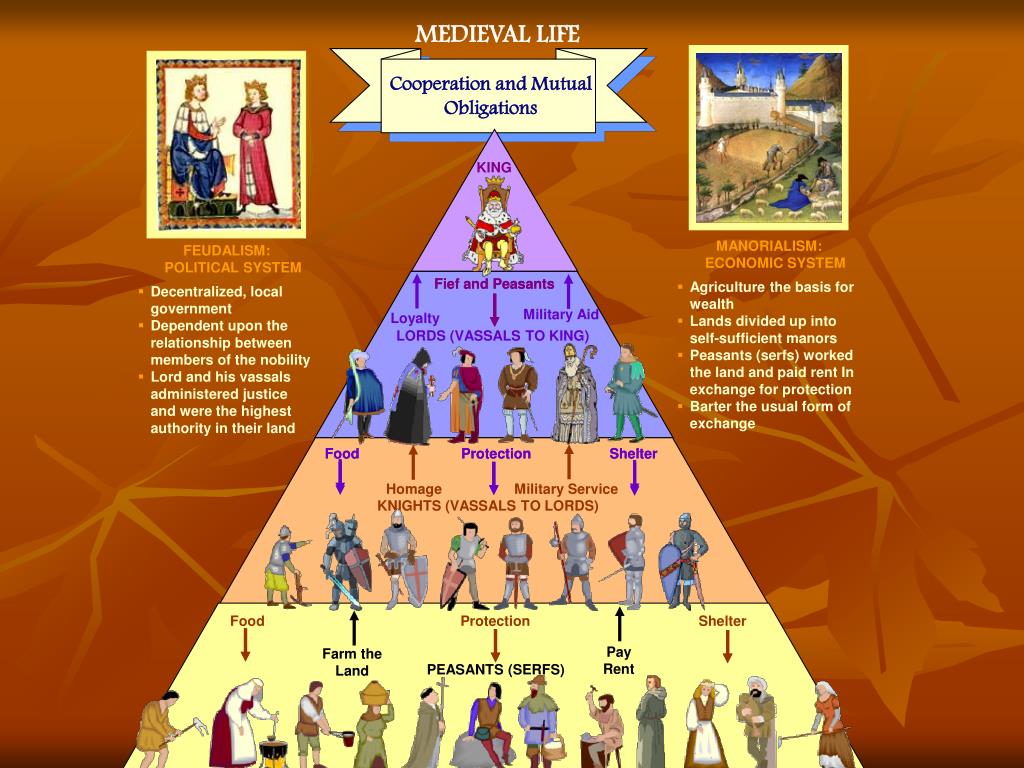
Examples in England were the Order of the Garter and in Burgundy the Order of the Golden Fleece. Secular orders, patterned loosely on the religious ones, but not limited to landless knights, also grew up, principally as honorary establishments by the kings or great nobles. Important among these were the Knights Templars, Knights Hospitalers, Teutonic Knights, Livonian Brothers of the Sword, Knights of Calatrava, and Knights of Aviz.

Knights were ordinarily accompanied in battle by personal attendants (squires and pages) and by vassals (see yeoman) and servants.Īfter c.1100 military tenure was generally subject to the law of primogeniture, which resulted in a class of landless knights at the time of the Crusades those landless knights formed the great military orders of knighthood, which were religious as well as military bodies. A knight fighting under another's banner was called a knight bachelor a knight fighting under his own banner was a knight banneret. Knighthood was conferred by the overlord with the accolade (a blow, usually with the flat of the sword, on the neck or shoulder) in the later period of feudalism, the ceremony was preceded by the religious ceremony of a vigil before an altar. In the late Middle Ages the son of a noble would serve first as page, then as squire, before being made a knight. All military service was measured in terms of knight service, and a vassal might owe any number of knight services.Īlthough all nobles of military age were necessarily knights, knighthood had to be earned through some exploit involving the use of arms. The knight generally held his lands by military tenure thus knight service was a military service, usually 40 days a year, normally expected by an overlord in exchange for each fief held by a knight. The knight was essentially a military officer, although with the growth of feudalism the term tended to denote the holder of not only a position in the ranks of nobility but also in the ranks of landholders. the institution of knighthood was well established.


The incessant private warfare that characterized medieval times brought about a permanent military class, and by the 10th cent. In medieval history, the knight was an armed and mounted warrior belonging to the nobility.


 0 kommentar(er)
0 kommentar(er)
